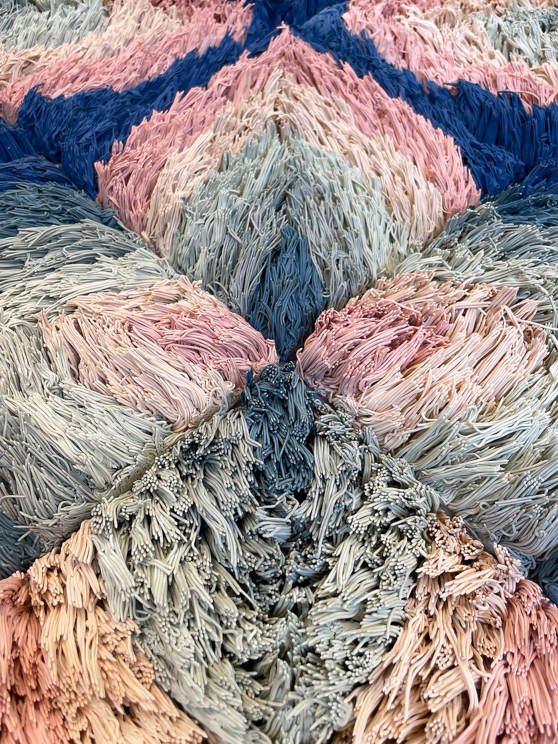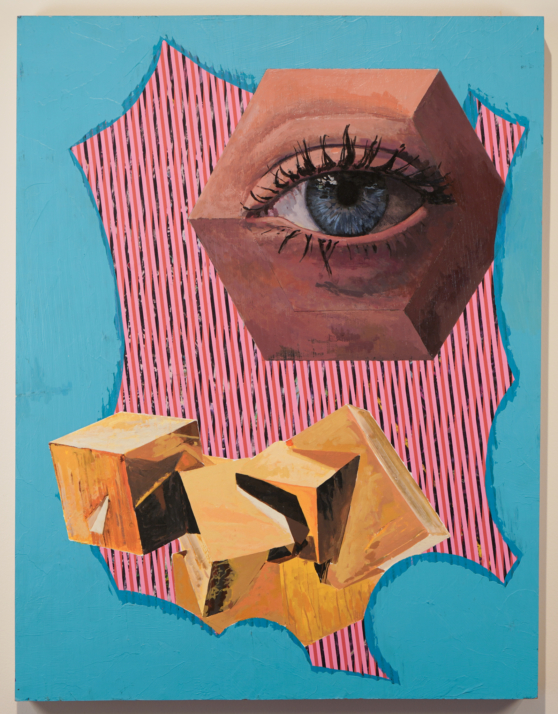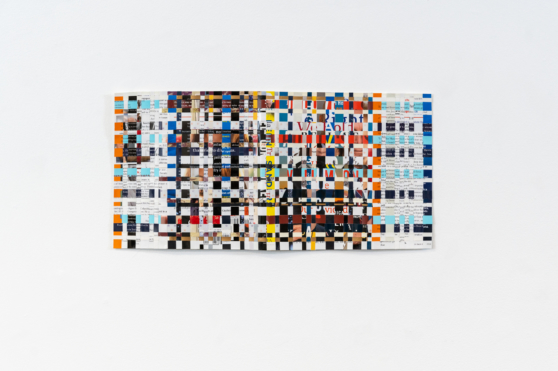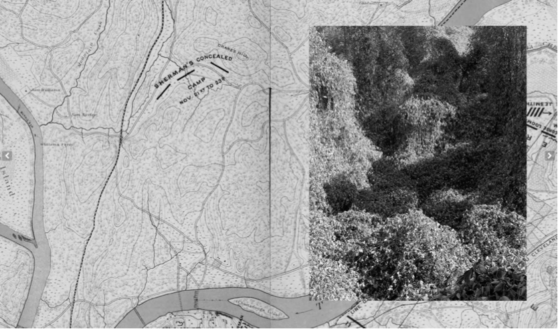Rachel Bubis: You describe your work as existing at “the intersection of digital design and hands-on craftsmanship, where digital sketches and designs transform into vibrant, abstract compositions with a pronounced sense of depth and dimension.” You explain how you start in the digital world and then go to physical - do you ever do the opposite order? What do you think you gain and/or lose during this translating process? Katie Aronat: While most of my work begins digitally, there have...
Read more >THE FOCUS
Rachel Bubis: Some of your recent porcelain sculptures resemble a 1960’s era “shag rug” in texture and color. You describe how these evoke “1960s counterculture and the call for peace, love, and progressive change.” Can you talk more about what you’re thinking about in evoking this imagery but using such surprising materials? Risa Hricovsky: The very first porcelain shag rug I made was at a time when I was working through this question: “What is Reality?” I asked myself, “What is real? How...
Read more >Wesley Roden: You employ methods ranging from 3D printing to attaching a pen to a power drill. By using tools which streamline or automate artistic processes, or even work against it, do you question the role of effort or craft in artmaking? Heath Montgomery: I do question the roles that are prescribed for artmaking, but my view is that artists have always used what they have access to, or used what they have to make new tools. I like the...
Read more >Rachel Bubis: Your work explores “the psychological and social implications of conflict” - whether that be through examining war, dissent, or even the history of dog fighting. Have you always been interested in this subject? Nelson Gutierrez: I make art based on my life experiences, and the work is informed by personal memories, people I have met, places where I have lived and visited, environments, and events that have formed and influenced my life throughout my career. According to Susan Sont...
Read more >Rachel Bubis: Your work investigates how material culture provides a lens into the U.S. politics and environmental movements, both past and present, and describe how objects communicate layers of meaning: “A flag communicates the flyer’s values; a tent communicates the user’s love of the outdoors; and a patch shows what organizations the wearer is a part of.” What’s an object you would choose to represent you (your values or loves)? Katie Hargrave: Perhaps this is a funny thin...
Read more >Megan Ledbetter: First off, I would like to say thank you for your interest in my photographic practice at The Field, which is still in progress as I work towards a local exhibition at Stove Works in November 2024. Rachel Bubis: You are very welcome! I'd like to begin by asking about this project, where you document an area in Chattanooga that has served as a municipal burial ground for the poor and dispossessed in operation from 1890-1912. Your large format...
Read more >Wesley Roden: Though many artists seek to emulate childlikeness in their work, your sculptures stand apart by appealing specifically to children. How is sculpture serving a role in artistic literacy as well as general development for a younger generation? Beth Reitmeyer: I want the world to be a magical place, a place in which we all experience wonder and awe. As I consider my audience, I don’t set out to appeal specifically to children, but often they are the qu...
Read more >Rachel Bubis: You describe your work as resonating around the notion of faith, its tangibility, and the “intricacy and length of a soul’s pondering.” This is reflected through your process of layering and abstracting imagery of subjects such as church buildings. Can you talk more about this? Has this process informed your own spirituality and faith? Joe Letitia: The process started from teaching students a project where they produced an abstracted mandala type image based on their names. They would...
Read more >







